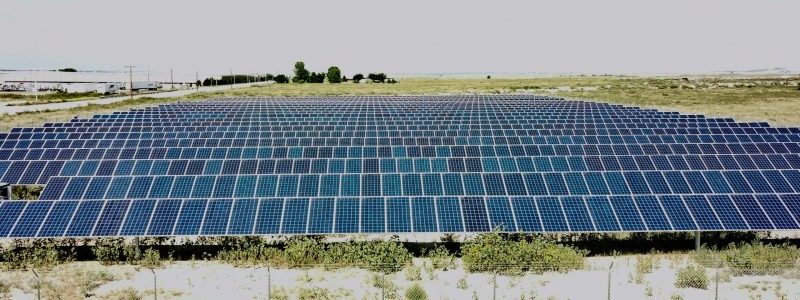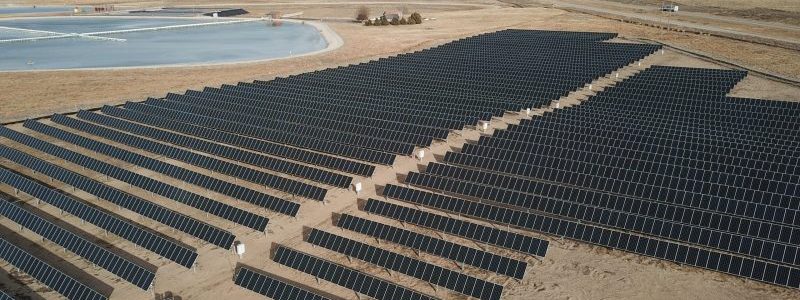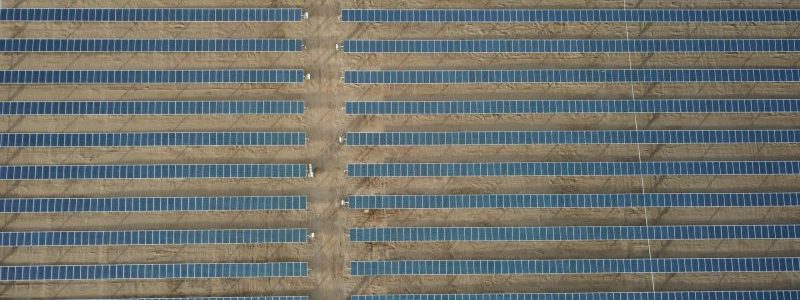5 Reasons Shared Solar is the Future of Solar Energy
January 16, 2020

Author: Kacie Peters
Director, Business Development
2020 marks a decade since the first shared solar program was established in the US. Since the passage of the Community Solar Gardens Act in Colorado, over 1 GW of shared solar projects have been installed throughout the country, making it the fastest growing segment of the solar industry.
As we enter the 2020s, there are no signs of slowing the growth of shared solar. Here are five reasons that the segment will not just thrive, but will also dominate the distributed generation space.
1. Shared solar makes solar more accessible
Shared solar was created to address the fact that the majority of Americans are living in homes where they cannot install solar onsite. The limitation of rooftop installations is not just apartment dwellers or renters. Many homes are not suitable because of shading, roof tilt or quality, and several other reasons.
Shared solar has the largest addressable market, as nearly everyone is a potential subscriber.
Rooftop solar is best suited for a homeowner with excellent credit willing to sign a 20-year contract, because of the risk that it is costly for financiers to relocate a system if a purchaser defaults. Shared solar, on the other hand, does not have the same equipment risk, and as such, a growing number of community solar contracts require a current energy bill to qualify for significant bill credit savings. When markets are uncapped, the potential for growth is only limited by the total population in a service territory.

2. Shared solar matches many customer preferences
People want to access clean energy affordably, transparently, and flexibly —today’s shared solar products reflect these preferences.
- Affordably: today’s shared solar subscriptions require no upfront costs to join and start seeing solar credits
- Transparency: Subscribers have access to portals like SunCentral to understand the valuer of credits and subscriptions. In certain markets, subscription costs can float with credit values ensuring that users always see savings
- Flexibility: Unlike rooftop projects, there is no equipment to move when you cancel a contract, so there is no need to sign 20-year agreements or negotiate with the next home buyer when you move. As a result, community solar contracts have increasingly become more flexible with some month-to-month options
3. Shared solar meets many important policy goals
Access to solar energy is just one policy goal for shared solar. Projects meet important public service aspirations including:
- Local well-paying jobs
- Tax revenue
- Economic development
- Sustainable agriculture land use with additional income for farmers
- Energy equity for low-to-moderate income families
- Carbon neutrality
- Grid resiliency
These benefits reflect issues core to both political parties, positioning additional markets to open as lawmakers pass legislation and regulators design programs with these goals in mind.
4. Creating shared solar projects is getting easier and easier
When the first shared solar projects were developed by utilities in the mid 2000s, projects were overburdened with the soft costs of getting legal arrangements and finance contracts in place.
Now that shared solar installations have reached 1 GW, we are starting to see not only lower costs for projects, but entirely new products invented to service subscriber preferences. Long gone are the days where developers had to find participants to pay for allocations up front, today’s community solar contracts are more often on-demand, with little time commitments required to see savings immediately. It is easier than ever to finance shared solar, making it easier to build projects.
This flexibility is leading to exponential growth of the sector into the next decade.

5. Distributed energy resources are good for the grid, and shared solar is the best way to scale them
Distributed resources are key to increasing grid resilience and keeping the cost of energy affordable for everyone. Since projects are located near the communities that they serve, distributed solar decreases the need for costly infrastructure upgrades needed to deliver power to homes and businesses. Historically, most distributed solar resources were installed on homes or businesses and were limited by physical size and load constraints. Shared solar, however, is only limited by program constraints and often results in significantly larger systems – megawatts rather than kilowatts. The larger system sizes reduce the per unit cost to install, allowing community solar to become the most efficient and cost-effective way to install these important distributed resources.
Summary: 2020 is the shared solar decade

Solar has seen a lot of evolutions since installations first became publicly available – off grid systems for formers gave way to net metered residential installs, cash purchases gave way to no-money-down PPA’s. In the next evolution, the shared solar market will become the common way people and entities participate in renewable energy programs. This will happen because community solar offers the market the best solutions to today’s energy challenges:
- It is a distributed resource that promotes cost effective resiliency.
- It has flexible terms that customers want, it creates access to an almost unlimited market of users.
- Projects are now being financed and developed at a rate faster than ever before.
Shared solar has already seen a hockey-stick like growth trajectory, and it shows no signs of slowing soon.

.jpg?width=123&name=Angie%20Agrivoltaics%20Award%20(HQ).jpg)


.jpg?width=400&name=Angie%20Agrivoltaics%20Award%20(HQ).jpg)
